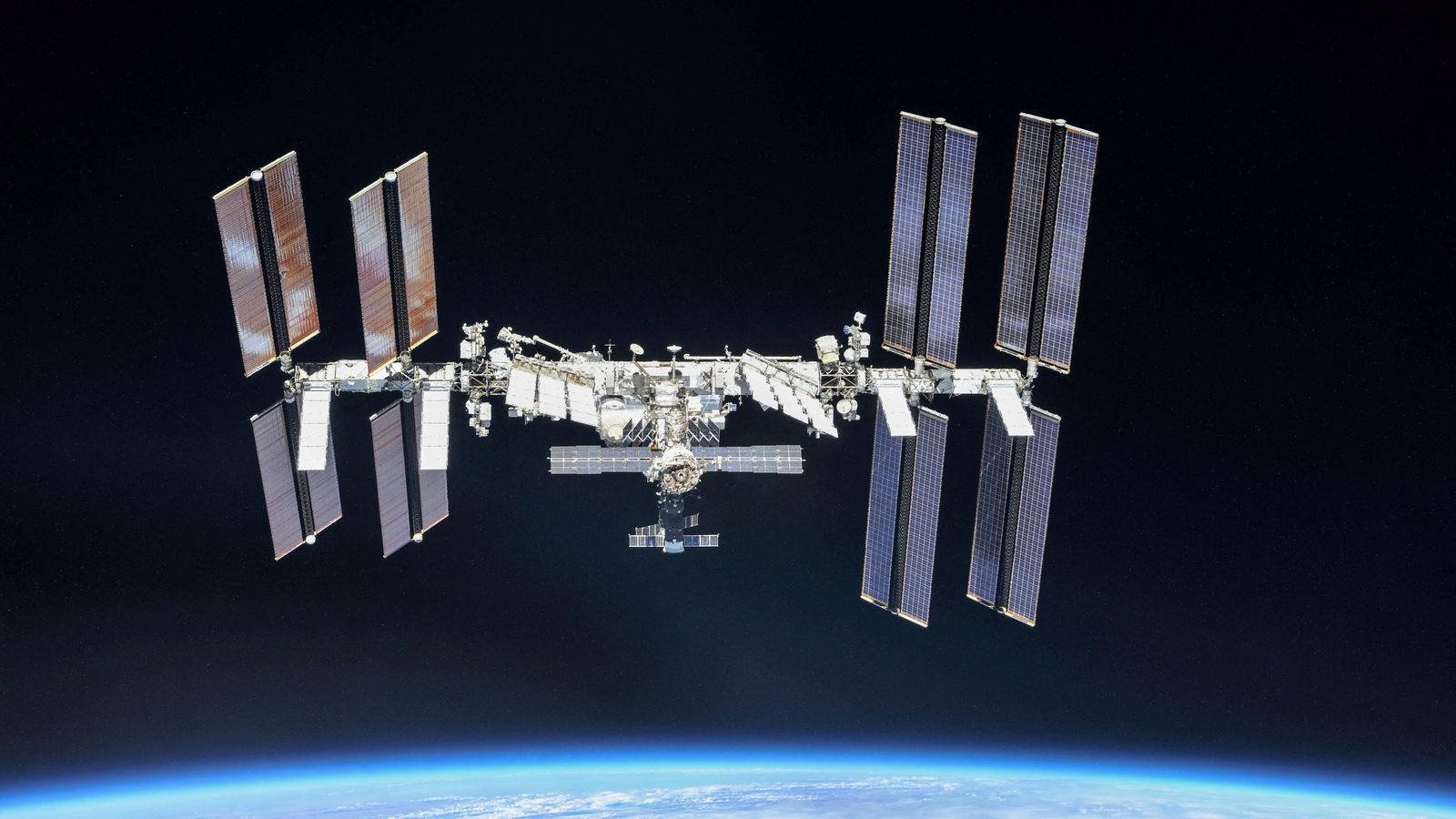An academic-led study of astronauts has revealed the devastating impact space travel has on the human skeleton.
The research showed astronauts suffered “significant” bone loss during six-month space flights – equivalent to around two decades on Earth.
Only about half the bone loss was recovered a year after returning – raising concerns about future missions to Mars and the Moon.
Longer space missions led to increased bone loss and a reduced likelihood of recovery.
The bone loss occurs due to a lack of gravity in space, where typically weight-bearing bones on Earth are weightless.
The study was conducted on 17 astronauts – 14 men and three women with an average age of 47 – who flew aboard the International Space Station (ISS) in the past seven years.
The crew hailed from US space agency NASA, the Canadian and European Space Agencies, and the Japanese Aerospace Exploration Agency.
SpaceX brings four astronauts home from International Space Station amid Russian non-cooperation threats
Boeing to reattempt Starliner launch after SpaceX humiliation
Businessmen return from $55m trip to space station after over-staying by a week
They worked with a research team led by University of Calgary professor, Leigh Gabel, for a year after returning to Earth.
Nine crew members experienced permanent bone mineral density loss after spending between four and seven months on space missions.
“Astronauts experienced significant bone loss during six-month spaceflights – loss that we would expect to see in older adults over two decades on Earth, and they only recovered about half of that loss after one year back on Earth,” Professor Gabel said of the research, published in journal Scientific Reports.
“We know that astronauts lose bone on long-duration spaceflight.
“What’s novel about this study is that we followed astronauts for one year after their space travel to understand if and how bone recovers.”
Space agencies must improve countermeasures, such as exercise and nutrition, in a bid to prevent bone loss, Professor Gabel warned.
In-flight exercise including resistance training on the ISS proved crucial for preventing bone and muscle loss, the study found.
Astronauts who completed more deadlift weights compared to their usual exercise routine on Earth were more likely to recover bone after a mission.
The astronauts lost an average of 2.1% reduced density in lower leg bone, the tibia and 1.3% reduced bone strength.
Please use Chrome browser for a more accessible video player
“During spaceflight, fine bone structures thin, and eventually some of the bone rods disconnect from one another,” Professor Gabel said.
“Once the astronaut comes back to Earth, the remaining bone connections can thicken and strengthen, but the ones that disconnected in space can’t be rebuilt, so the astronaut’s overall bone structure permanently changes.”
The research also found the cardiovascular system is also affected by space travel.
“Without gravity pulling blood towards our feet, astronauts experience a fluid shift that causes more blood to pool in the upper body,” Professor Gabel said. “This can affect the cardiovascular system and vision.”
Read more:
NASA assembles team of scientists to study UFOs despite facing ‘reputational risk’
‘Solar hedgehog’ among ‘breathtaking’ images released by European Space Agency
Radiation is also a concern, with astronauts facing greater exposure to the sun and an increased cancer risk the further they travel from Earth.
Professor Gabel added: “There is a lot we still do not know regarding how microgravity affects human health, particularly on space missions longer than six months, and on the long-term health consequences.
“We really hope that bone loss eventually plateaus on longer missions, that people will stop losing bone, but we don’t know.”






















